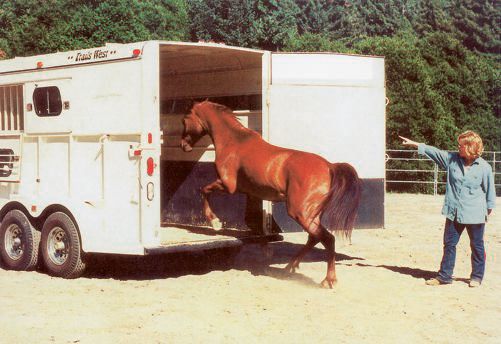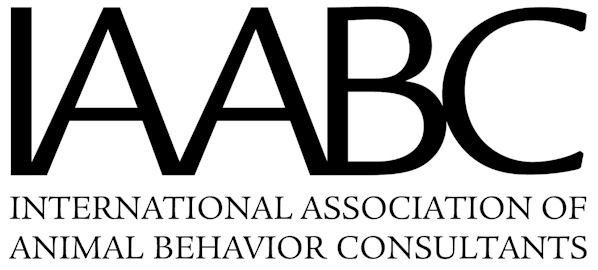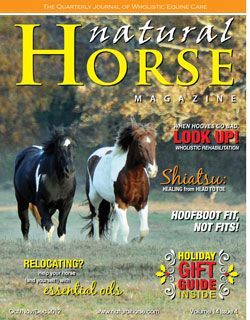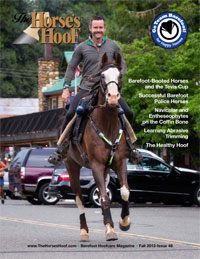 Some excerpts from ::
Some excerpts from ::
THE EFFECTS OF POSITIVE REINFORCEMENT TRAINING
ON HORSES’ LOADING BEHAVIOUR
478346 Jaana Pohjola
BSc (Hons) Applied Animal Behaviour, 22/04/11
“A thesis submitted in partial fulfilment of
the requirements for the BSc (Hons)
in Applied Animal Behaviour”
“Loading situations are potentially dangerous for horses and for
humans. In those situations aversive stimuli are in relatively general
use, which may increase the horse’s discomfort and increase the
amount of resistant behaviour. Positive reinforcement training (PRT)
techniques have been stated as useful training tools in animal
training; with PRT the animals usually become more cooperative and
exhibit less fear reactions. PRT could be more effective than
negative reinforcement training, which is normally used in equine
training.”
“1.2. The effects of positive reinforcement training to equine behaviour
There is some evidence that nervous handler can affect the horse’s
behavior: the handler’s heart rates can have effects on horse’s heart
rates in handling situation such as loading (Keeling et al., 2009).
Handler’s inappropriate use of learning theory and especially
negative reinforcement can result in problems in loading situations
(McGreevy & McLean, 2009). If the handler uses negative
reinforcement in an inappropriate way, it can affect like a punishment
and actually reduce the wanted behaviour in loading situation
(McGreevy & McLean, 2009).”
Sankey et al. (2010) found that there appears to be a correlation
between repetitive positive human-horse interactions and horses’
positive reactions and attitudes towards humans. The positive
experience with the trainer in combination with food rewards seemed
to expand to a positive association and furthermore positive attitude
towards all humans. The training in a positive context seems to have
effects on learning results and on horse’s behaviour in a training
situation and furthermore the positive memory seems to be
longlasting and additionally seem to readily generalize to other
situations (Sankey et al., 2010, Baraglia et al., 2011).
“This finding suggests that there might be unutilized potential in means of
constituting horses’ attitude towards humans and interspecific
cooperation. In Thomas’ (1986) learning ability hierarchy, there is
pointed out that one the most basic factors in horse training is to
habituate and desensitize a horse to the environment and to reduce
its flight and fear responses (Murphy & Arkins, 2007). Fear reactions
may increase for the fact that many standard procedures in horses
can be aversive, such as veterinary care, foot care or loading. The
more negative interactions there are between the horse and the
handler, the more the horse avoids these interactions and may
exhibit more fear reactions (Hausberger et al. 2008).”










